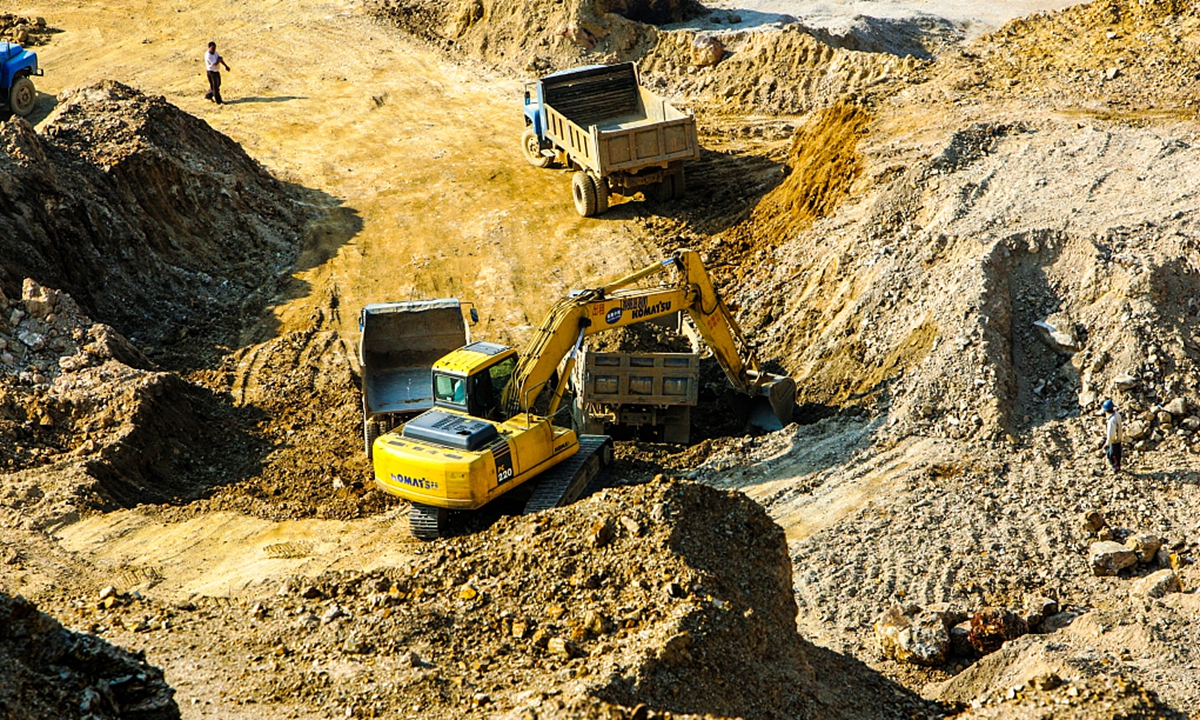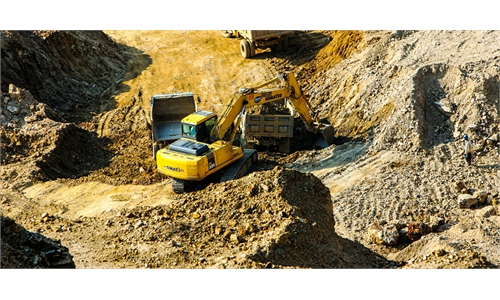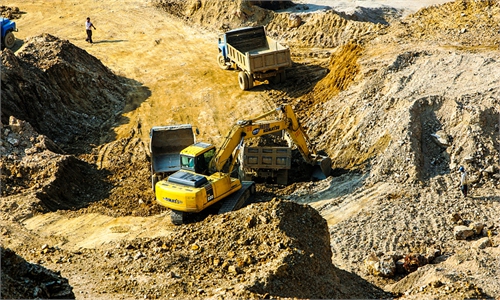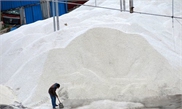China’s SOE reform plan 70% complete, full consolidation expected in 2022: official
Full consolidation to be basically carried out in 2022

rare earth Photo:VCG
China has focused its state sector reforms on rare-earth and coal mining consolidation this year, as a three-year action plan for refashioning state-owned enterprises (SOEs) has been 70 percent completed and is destined to be basically accomplished before next year's 20th Communist Party of China (CPC) National Congress, according to the state assets regulator.
With SOE mergers in notably strategically significant sectors on a rising trend, the state sector, heading toward higher efficiency and improved earnings, would buttress the Chinese economy in the face of multiple headwinds over the coming year, experts said.
The three-year action plan, announced in 2020, for SOE reforms has delivered remarkable results, as a major highlight for deepening the country's reform and opening-up, the China Securities Journal reported on Sunday, citing remarks by Hao Peng, chief of the State-owned Assets Supervision and Administration Commission (SASAC), at a Saturday meeting attended by executives at centrally administered SOEs.
A modern corporate system with Chinese characteristics and the state asset regulatory system has made substantial progress toward sophistication, while market-based reforms of SOE operations have proceeded with strategic reorganizations and professional mergers, Hao added.
The three-year action plan has seen 70 percent of its goals accomplished, according to Hao, citing multiple instances of strategic consolidation this year, including the launch of China Electrical Equipment Group Co and China Logistics Group, among other newly formed state-owned giants.
In addition, the country's push for professional consolidation in the rare-earth sector and coal mining is well in progress, while its efforts to put in place a logistics big data platform and an innovative platform for maritime equipment have been accelerated, the SASAC chief stated.
In a fresh sign, China Northern Rare Earth (Group) High-Tech Co said Sunday in a filing with the Shanghai Stock Exchange that it has entered into a strategic cooperation framework deal with Hong Kong-listed China Rare Earth Holdings.
The two sides would begin cooperation in mines in southern and northern China, while aiming for a strategic tie-up in rare-earth trading and deep processing.
The country's ongoing SOE reforms and industrial consolidation are helping to enable economies of scale at the state sector, diversifying state firms' business portfolios and improving their profitability, rating agency Moody's said in a research note sent to the Global Times earlier this year.
In the first 11 months of the year, central SOEs raked in 1.75 trillion yuan ($274.49 billion) in net profits, with petroleum and chemicals, steel and coal mining firms posting a conspicuous rise in earnings, official data showed.
By the end of November, the debt-asset-ratio of central SOEs largely remained stable at 65.1 percent, Hao disclosed.
The injection of high-quality assets into listed firms by central SOEs totaled 122.15 billion yuan in January-November, up 17.4 percent year-on-year, while central SOEs actualized equity funding of 198.69 billion yuan through the listed firms, a surge of 64.7 percent year-on-year.
On top of that, Hao pointed out, it needs to be ensured that the three-year action plan would be basically accomplished before the 20th CPC National Congress in 2022, before being completely delivered before the end of the next year.
Steadiness would be prioritized over the next year while the state sector is envisioned to join the country's push for counter-cyclical overhauls and formulate pro-growth measures, per the China Securities Journal report.
The report outlined the main tasks for central SOEs for the upcoming year, which include a deeper move to consolidate SOEs from different sectors and arenas, efforts to resolutely prevent various risks, precipitate a return of the debt ratios at indebted subsidiaries of central SOEs to reasonable levels, and step up moves to build world-leading firms.
Such reform drives are a compelling indication that SOEs, especially central SOEs, play a vital part in buttressing the economy as downward pressure is piling up, Cao Heping, a professor of economics at Peking University, told the Global Times on Sunday.
Headwinds faced by the Chinese economy, amid a broad downshift affecting the global economy at large, actually make SOEs stand out, judging from their credibility and liquidity ratings, Cao said, reckoning an acceleration in SOE reforms to better hedge the economy against a tougher year ahead.
The economy is expected to confront three major challenges over the next year - shrinking demand, a supply crunch and downward pressure on economic prospects, according to the annual Central Economic Work Conference, which concluded earlier in December.
Compared with the prevalent reliance on monetary policy moves in the West for economic stimulation, SOE reforms are considered a pivotal part of China's more effective response to revving up the economy despite the pandemic and multifaceted uncertainties, Cao noted.



